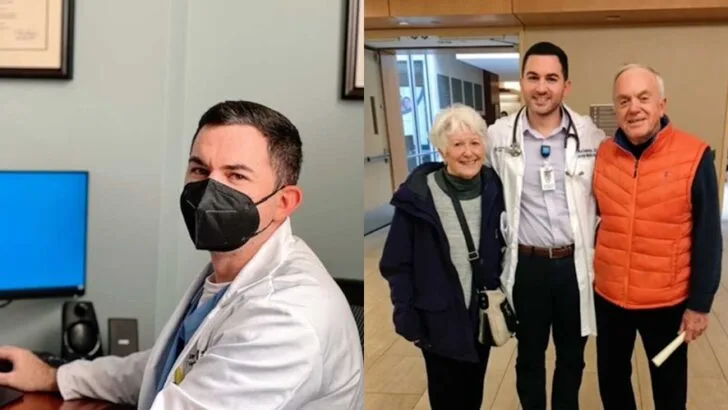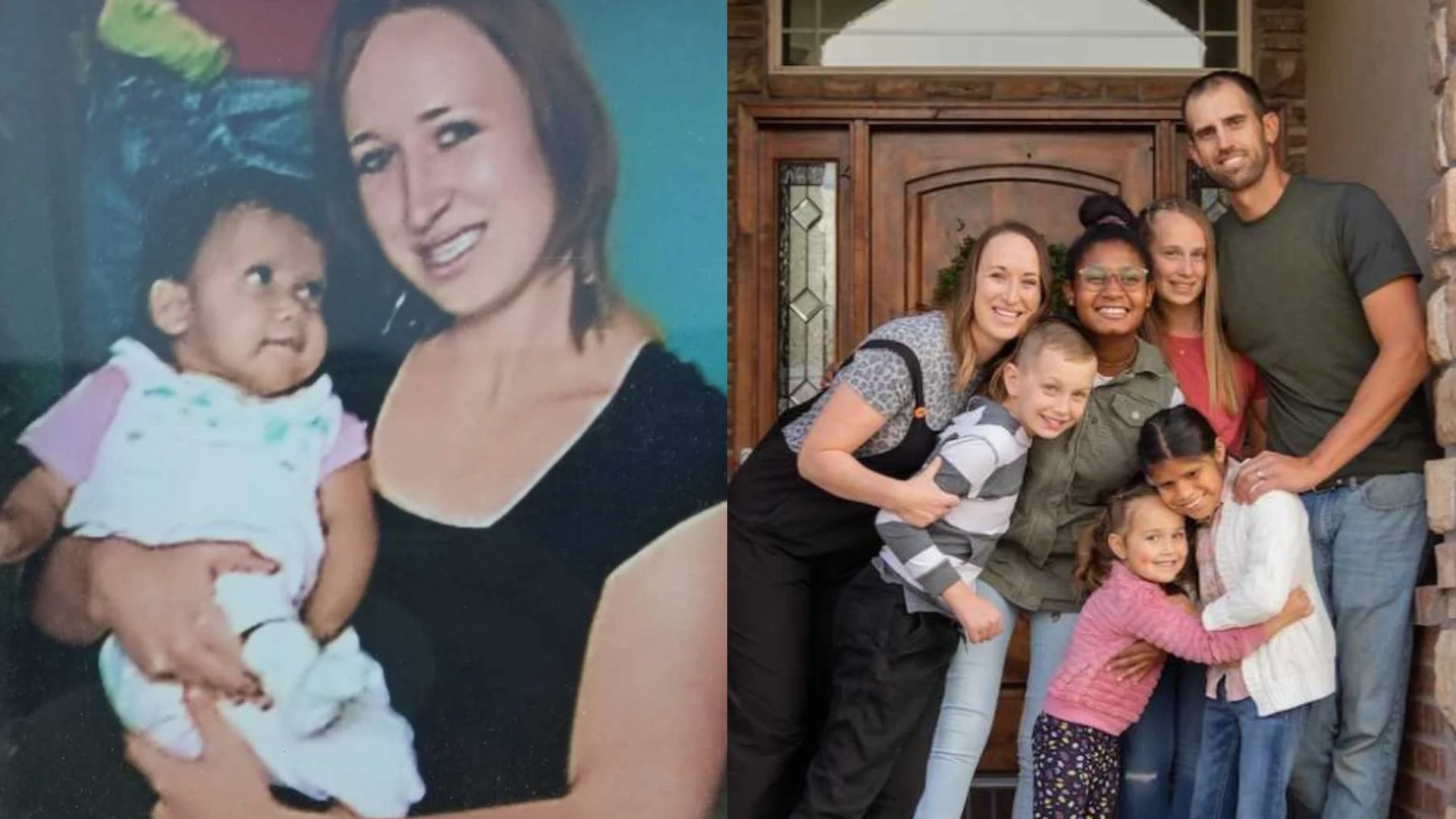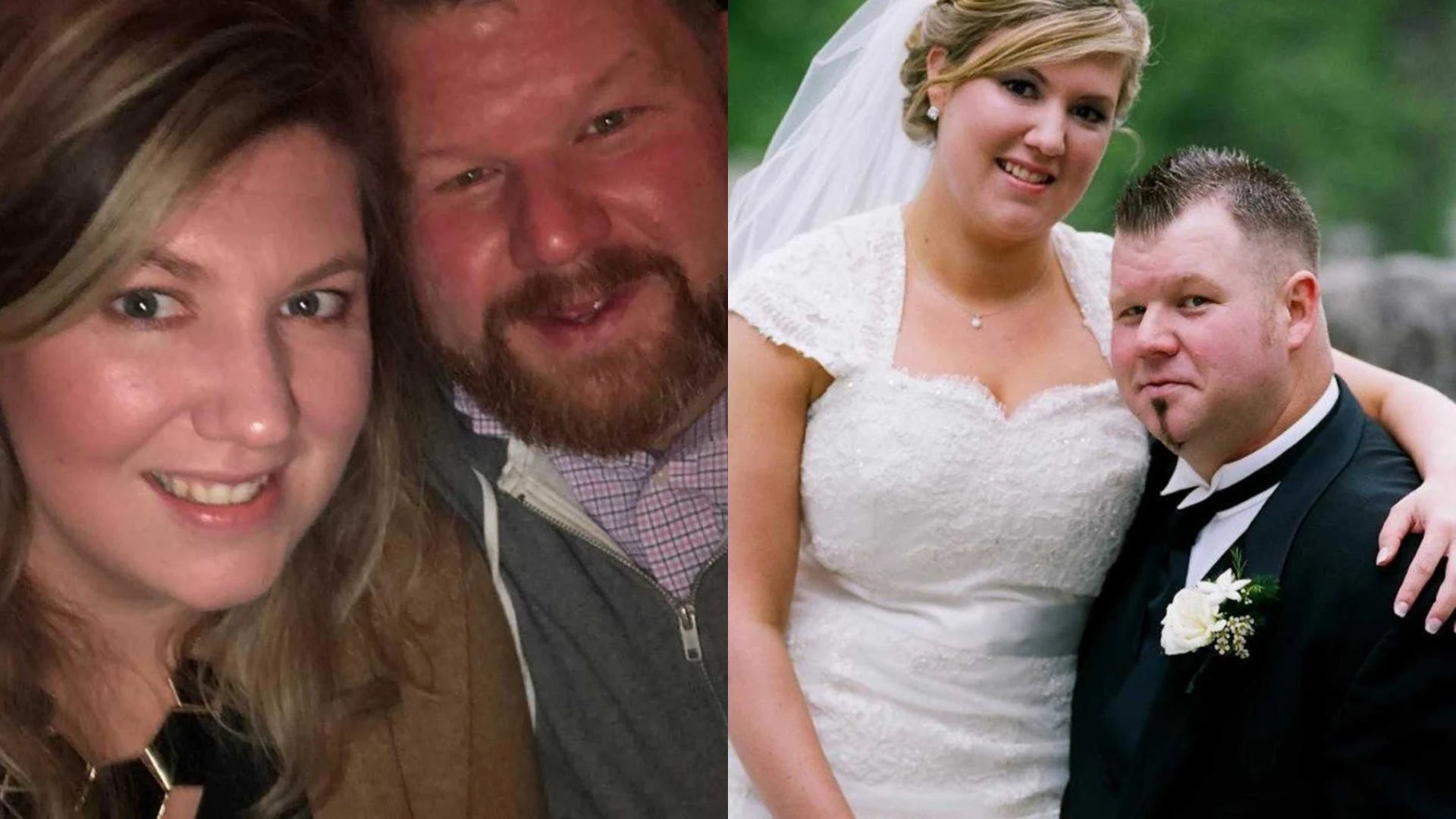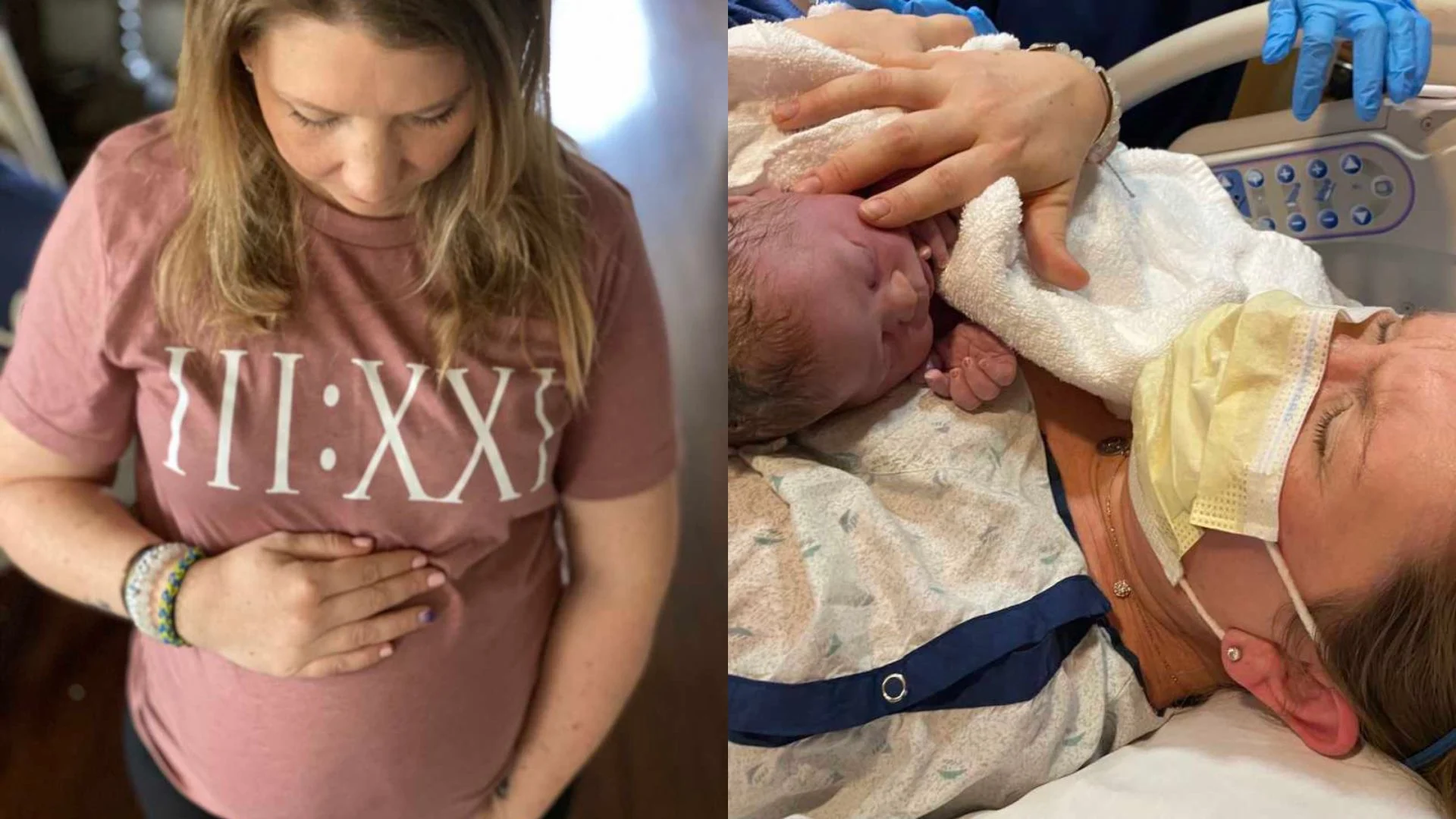He lost one dream and found another, built from a borrowed heartbeat. Now, he uses that gift to help others keep theirs. He was twelve when his life took a sharp turn. Soccer was everything: three teams, endless practices, a boy who thought a pro jersey was just a few tournaments away. He’d started gasping for air a year earlier when games got fast. Doctors called it exercise-induced asthma and handed him inhalers. He used them by the book, but the breathlessness then worsened.
At his annual checkup, the doctor listened a little longer to his heart and heard something he didn’t like. A murmur. That sent him to a pediatric cardiologist, an echo, and then a room where a doctor spoke carefully: hypertrophic cardiomyopathy. It meant his heart muscle was abnormally thick. It also meant no more competitive sports. At twelve, he heard not the science but the loss, no more teams, no more chase, the end of a dream he’d worn like a second skin.
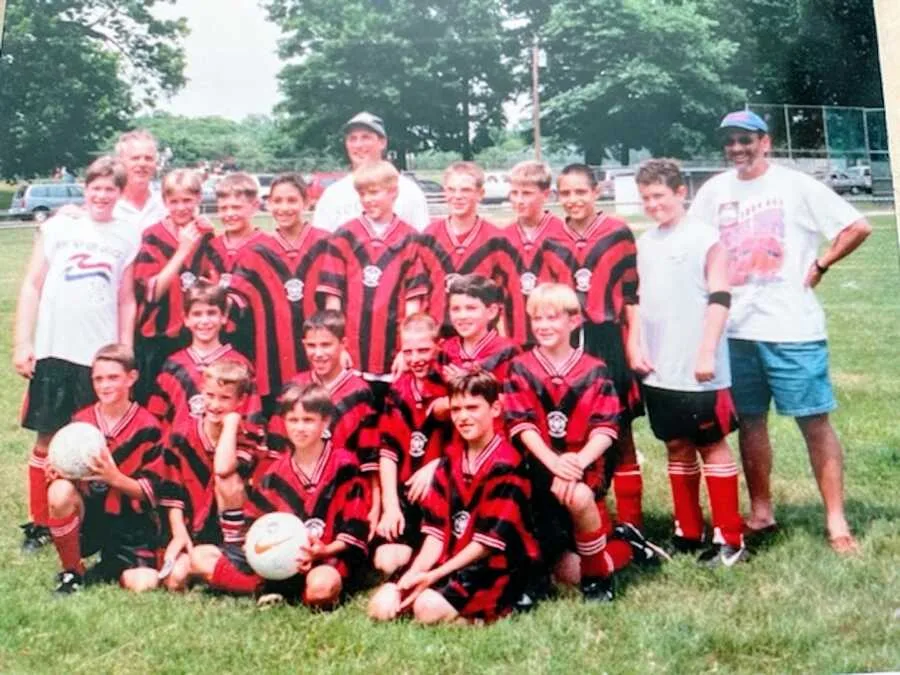
He tried to pivot to golf, a safer sport. Talent didn’t follow, and patience ran thin. Life moved on anyway: classes, friends, the ordinary rhythm of growing up with a not-so-ordinary heart. At fourteen, the muscle thickness had progressed enough that doctors recommended an implanted defibrillator. The AICD left a small lump on his upper left chest that made pool parties feel complicated. Twice in high school, he landed in the ER. The worst day came in the woods during paintball, when adrenaline pushed his heart rate past the device’s limit. It shocked him once, then again, nine times in a row. He remembers the pain and his voice breaking into screams as friends sprinted toward him and firefighters carried him out. A quick settings change, and it never happened again.
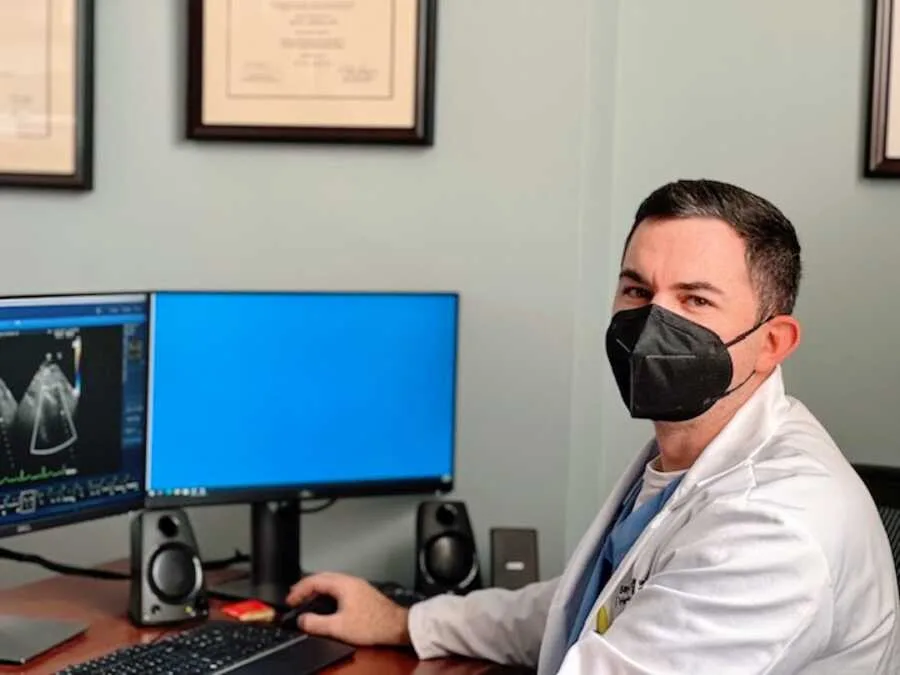
Somewhere in those years, the boy who loved soccer found a new hero, his pediatric cardiologist, Dr. Heller. If he couldn’t play, maybe he could learn. Perhaps he could help kids like him. He went to St. Michael’s College for biology and pre-med. College was good to him, but stairs began to feel like hills. By graduation, even one flight meant stopping to catch his breath. Before medical school, he planned to work as a paramedic to gain real-world experience. At a follow-up with Dr. Heller, he described the worsening symptoms. She sent him to a specialist at Tufts who studied his condition daily. He expected a procedure to improve blood flow and then a return to the plan. Instead, he heard the kind of news that empties a room: his best chance at living well, at living, was a heart transplant.
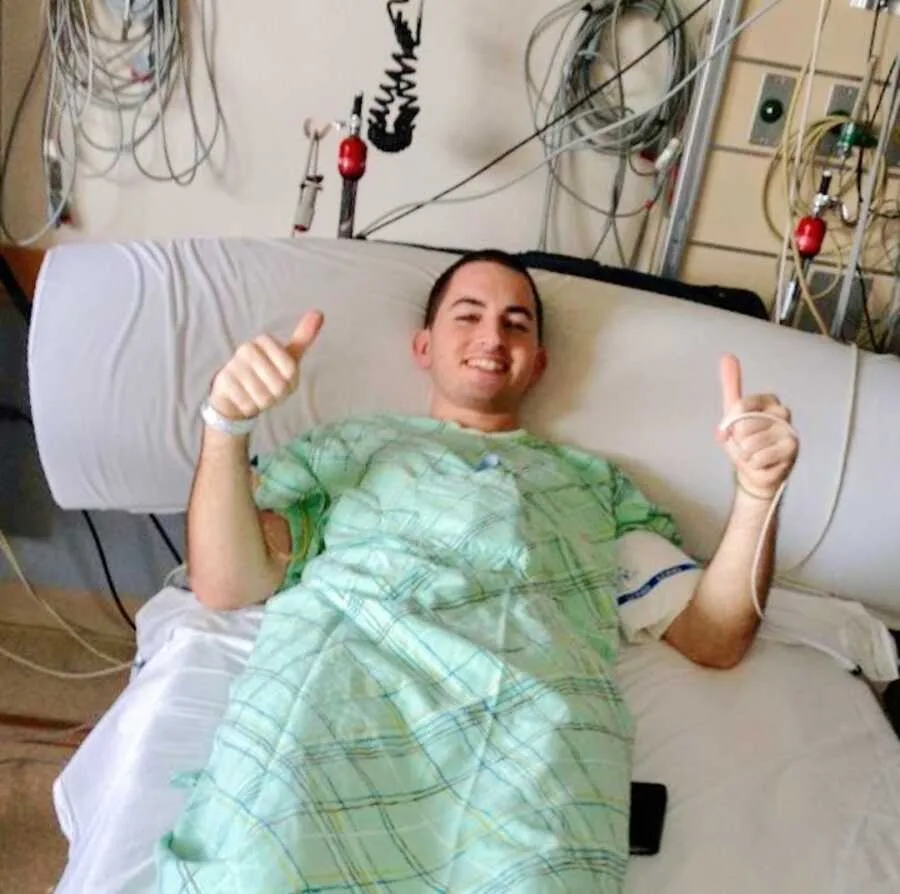
He walked out of that appointment and cried. Medical school applications, a paramedic job, and the momentum of a young life are all on hold. He needed to wait close to a transplant center. After a year on the list, eating a big meal left him breathless. He checked into Hartford Hospital to wait, and the wait stretched to 166 days in the cardiac ICU. Those months were a loop: no fresh air, no showers, laps around the nurses’ station with an IV pole. The nurses saved him in small ways, such as talking, playing games, and sneaking in better food. He turned 24 there and blew out candles that couldn’t be lit. He squeezed Christmas dinner into a single room with his family; the holiday dimmed, but they were still together. To pass the time, he started a blog, “Tales From The 10th Floor,” writing the view from a hospital window and a young man’s stalled twenties.
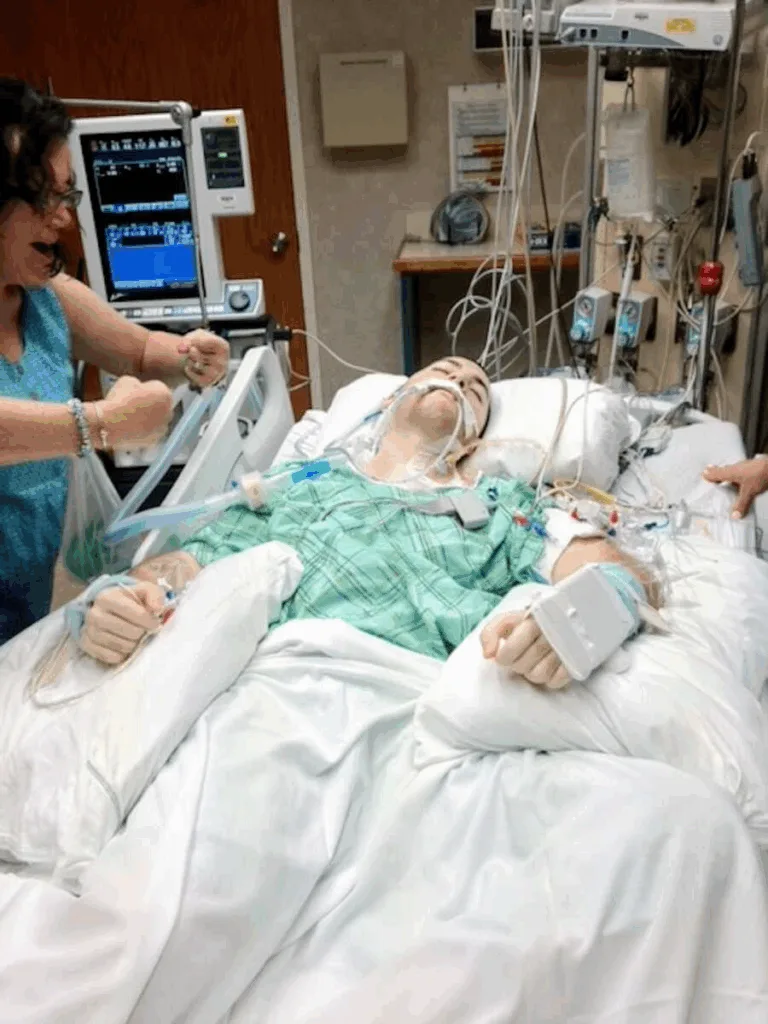
One night, a nurse walked in and changed everything. A heart was available. Relief, fear, gratitude, grief for the donor, he felt it all at once. Surgery would be in the morning. Sleep wouldn’t come, so he wrote a post at 2 a.m. and called it “It’s Time.” It was. Ten days after surgery, he stepped into sunlight for the first time in six months and felt warmth on his face like a promise. He healed, he rehabbed, and then he hurried forward. Seven months later, he enrolled in a one-year graduate program to strengthen his application. Two years after the transplant, he sat in his first medical school class in Erie, Pennsylvania. The new heart changed everything. He was stronger than he’d ever been. There were bumps, but nothing that stopped him.
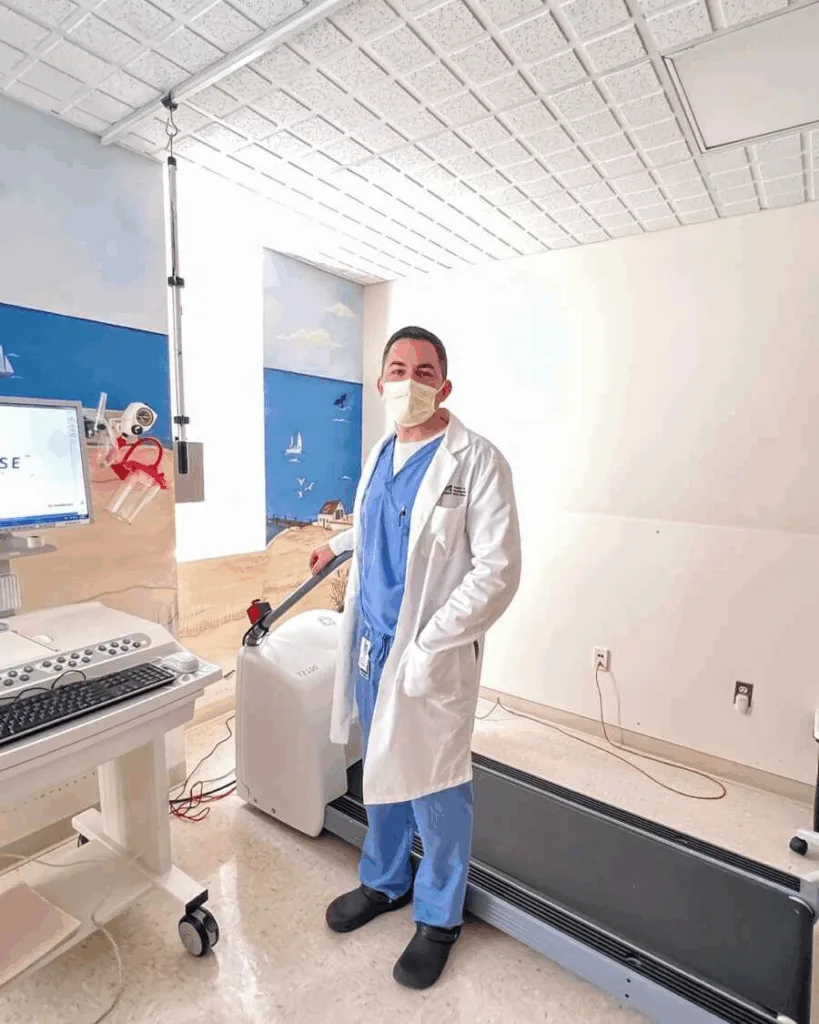
To become a cardiologist, he needed an internal medicine residency. He matched at UMass-Baystate in Springfield and came home to the East Coast. He learned medicine with a stethoscope in his ears and his own story in his chest, patient and physician. He carried the weight and wonder of organ donation into every exam room, never pretending that illness is easy. He excelled in residency and matched again into cardiology at UMass-Baystate. The dream born at fourteen was suddenly absolute: he was training in the field that once kept him on the sidelines.
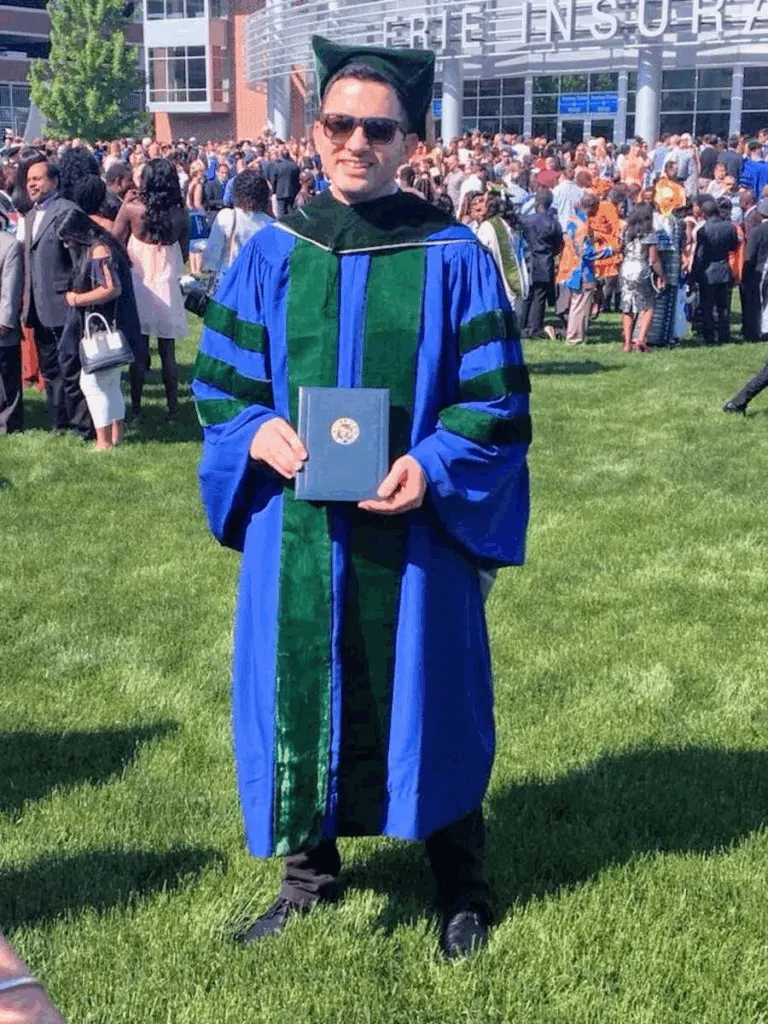
His path led to advanced heart failure and transplant cardiology, the very place his life had turned years before. He brings details other doctors can’t, such as how waiting feels in your bones, what courage looks like at 2 a.m., and how hope tastes when it’s your turn. Patients sense it. He meets them where they are and tells the truth, gently. He thanks the physicians and nurses who carried him, the colleagues who sharpened him, and the donor whose heart made a future. He uses every chance to share his story and remind people to register as organ donors.

